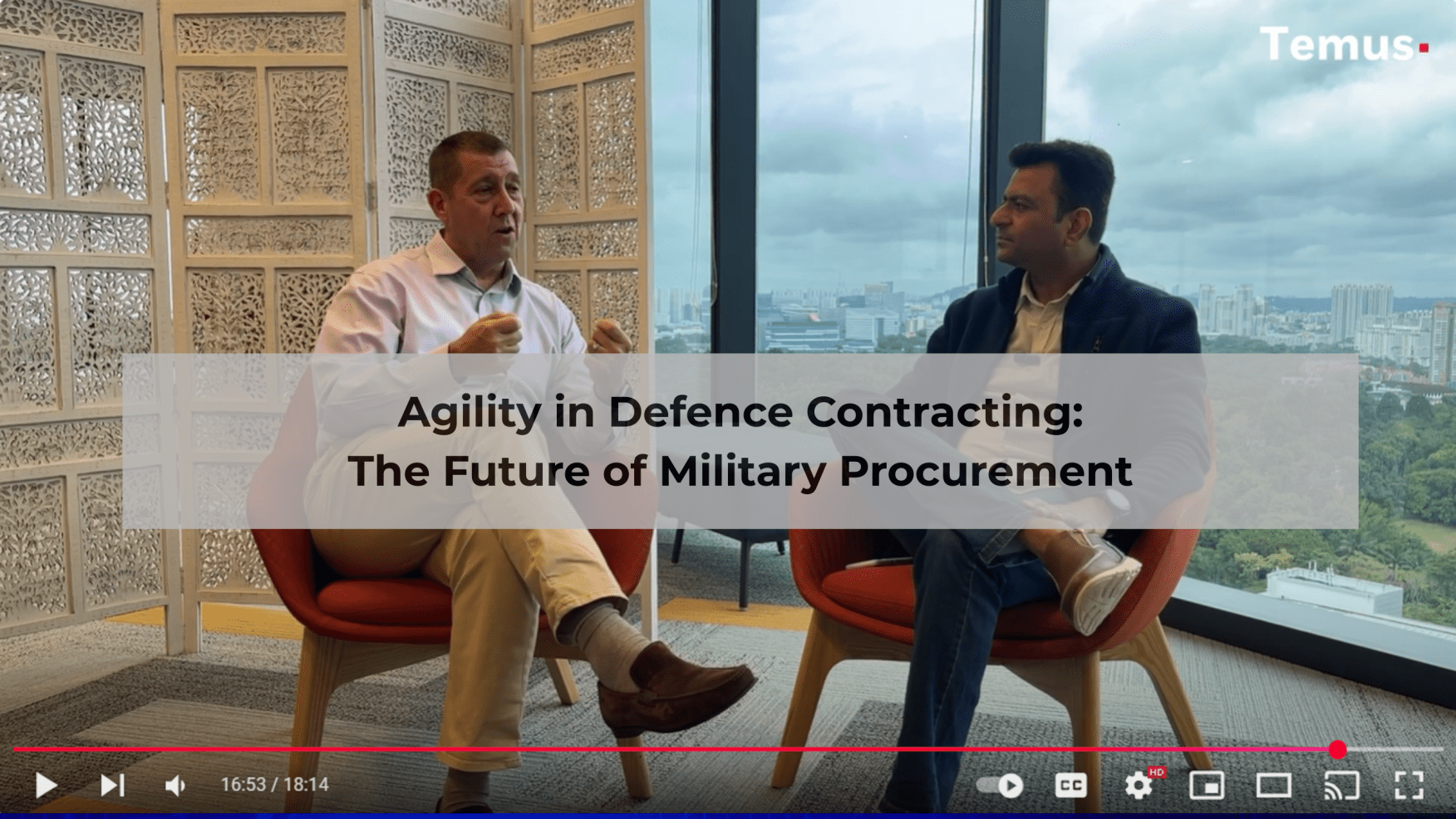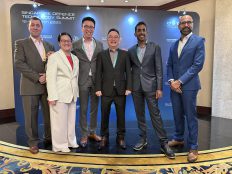
Agility in Defence Contracting: The Future of Military Procurement
In today’s volatile geopolitical landscape, agility has become a defining trait for successful defence transformation. David Barrington, Director in the Defence team and Tushar Somaiya, Associate Director of Digital and Process Transformation share their thoughts on how agility, innovation, and collaborative approaches are shaping the future of defence in Singapore.
What is Agility?
Agility is an often-misunderstood term. Though it is often equated with speed, it is important to understand that it is also the ability to move in sync without slowing down. To better appreciate this term, Tushar paints a picture of frontline military planning, where even pre-planned strategies must adjust to real-time conditions without losing sight of the mission. Striking the balance between planning in advance while remaining adaptable to changes is key here, much like how soliders plan to move as a united team, but need to be able to adjust to the threats at hand.
Agility also demands innovation and foresight. While defence has historically driven major breakthroughs – from the internet to space tech – it should also be noted that today’s biggest challenge is the speed of said change. This is particularly so with new cyber threats and AI-enabled risks outpacing traditional procurement systems. As David emphasizes, to maintain a strategic advantage, organisations cannot only respond to current trends in defence, but must also be proactive and drive change in the future.
The recent DSTA Defence Tech Summit 2025 echoes this sentiment, with global defence leaders highlighting that organisations must remain innovative to remain agile.
Tushar Somaiya, Assistant Director, Digital x Process Transformation, Temus said “Agility is all about moving from rigid controls to collaborative adaptiveness. It is more than going from plan [and instead going] to responsible change.”
The Pitfalls of Traditional Procurement Models
In their conversation, David and Tushar highlighted the need to rethink traditional procurement systems. These models typically assume future requirements can be predicted and locked in years in advance – a mindset that often results in cost overruns, delays, and outdated capabilities.
There is hence a need for a more agile procurement model, with leaders at the Summit urging organisations to take measured risks, emphasizing that an adaptive approach is needed to meet the demands of the increasingly complex and dynamic defence environment.
To address this, Temus is piloting collaborative contracting within Singapore’s defence ecosystem. Unlike rigid, output-based contracts, this approach focuses on strategic outcomes, delivered through short, flexible sprints – sometimes as brief as three months. This allows public agencies to adapt to real-time developments while maintaining alignment with long-term objectives.
David Barrington, Director, Defence, Temus said “Procurement is an area which almost every government I’ve worked for is constantly looking to optimize”
Embracing Uncertainty: Seeding a Culture of Change
However, transforming defence procurement isn’t just about updating processes – it requires a deeper shift in mindset, culture, and operating model.
Tushar outlines three principles for embedding agility into defence operations:
- From resource utilisationto flow efficiency“¯– Moving beyond budget adherence to unlock innovation and problem-solving capacity.
- From centralised control to aligned autonomy“¯– Empowering teams with“¯real-time data“¯and authority to act quickly.
- From fixed plans to iterative execution“¯– Accepting uncertainty and designing procurement models that evolve with mission needs.
These principles are critical to delivering modern defence systems that are not only resilient, but continuously responsive to real-world challenges.
Looking Ahead: Laying the Groundwork for Transformation
With strong government intent and investment already taking root across Singapore’s defence sector, Temus sees the momentum for transformation steadily building. As David highlights, three critical enablers are coming into alignment: a shared vision, a sense of urgency in execution, and a coalition of committed changemakers. Together, these form the foundation for lasting, systemic change—one that moves beyond isolated initiatives to shape a more agile, innovative, and resilient defence ecosystem for the future.
To learn how agile procurement is shaping the future of defence transformation in Singapore and beyond, watch the full conversation with David and Tushar.
For more insights on digital defence transformation, follow Temus for future updates.




